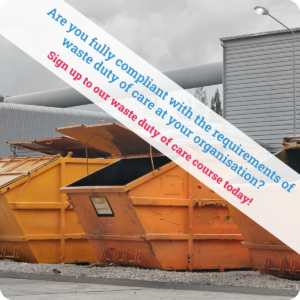The HSE defines vulnerable workers as “individuals who are at risk of having their workplace entitlements denied and who lack the capacity to secure them”. They are at a higher risk to suffer injury, illness or even fatality at work, compared to the rest of workforce.
There are different categories of vulnerable workers, including:
- pregnant workers and new mothers;
- young workers;
- elderly workers;
- inexperienced workers;
- gig economy, agency, and temporary workers;
- migrant workers;
- disabled workers;
- lone workers; and
- homeworkers.
When becoming aware of a vulnerable worker, employers are encouraged to review their existing risk assessment before the individual starts or continues in their role. Where the current risk assessment and arrangements in place already protect vulnerable persons then no further action may be required, but in many cases an individual risk assessment may be needed, considering the characteristics of the worker.
The process for assessing the risk to vulnerable workers is the same as that for general workers, but there should be specific focus on factors that make them more susceptible to harm which will often require input from the employee(s) and possibly others such as medical professionals too.
In the case of new and expectant mothers, there is an absolute duty under The Management of Health and Safety at Work Regulations 1999 for the employer to complete an individual risk assessment, when an employee informs them in writing that they:
- are pregnant;
- are breastfeeding; or
- have given birth in the last 6 months.
The HSE has produced guidance on vulnerable workers and considerations when assessing the risk here.
Where possible, risk assessments should not be used to prevent a person from working, but instead enable the employer to make reasonable adjustments so that the employee can continue to work safely and without risk of harm to their health. However, in the case of new or expectant mothers there is the option to suspend the worker for the duration where risk may not be avoided.
The extent of “reasonable” will depend, among other things, on the size and nature of the business. Employers are not required to do more than what is considered reasonable (e.g. installing a lift can be an unreasonable adjustment for a small business, due to excessive cost).
To decide if an adjustment is reasonable, an employer should consider if:
- it will reduce risk effectively;
- is practical to make;
- is affordable; and
- whether it could harm the health and safety of others.
It’s important when deciding to make or not make reasonable adjustments to protect workers that it does not result in non-compliance to other relevant legislation. For example failure to make reasonable adjustments for a disabled worker would be considered discrimination under the Equality Act 2010.

